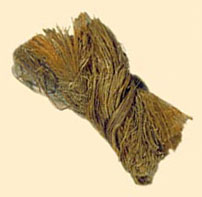
In July 1865, four were sentenced to imprisonment at hard labor, and four were hanged; another fled the country. The hanging of Mary Surratt, the first woman executed in the United States, shocked the American public. The executioner divided the conspirators' nooses into suitable lengths for souvenirs, and sawed the gallows into neat foot-long mementos. (KUNHARDT AND KUNHARDT, Twenty Days 215)
Mary Lincoln remained secluded at the White House until her husband was buried, and then moved to Chicago.

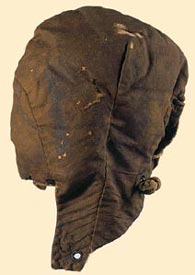
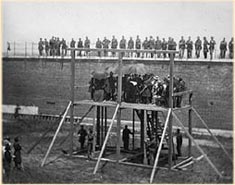
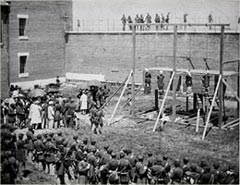
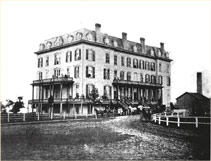
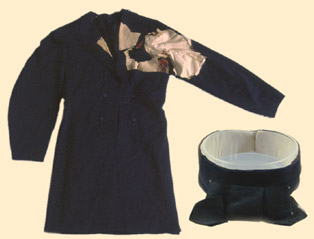
Elizabeth Keckly was Mary's constant companion during her final weeks at the White House. She helped Mary distribute the president's belongings to friends and servants, and pack the First Lady's clothing in dozens of trunks. Keckly accompanied Mary to Chicago, where Mrs. Lincoln rented rooms at the Hyde Park Hotel. Keckly returned to the East Coast, and Mary eventually purchased a home on Washington Boulevard in Chicago. The city had played a key role in Lincoln's elections and the Union war effort, and the president had spoken of retiring there after his second term.

